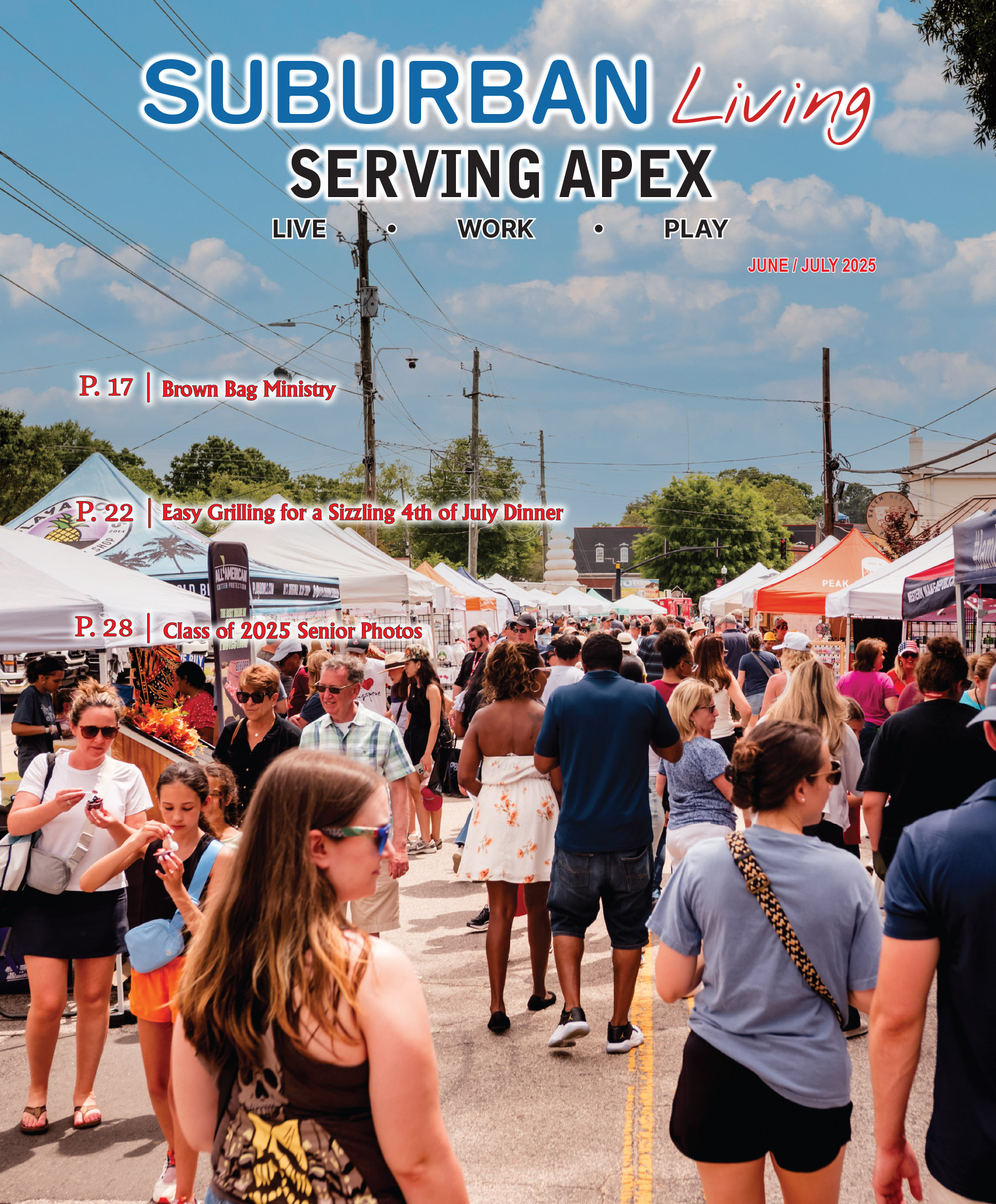A friend asked me this recently after she received some astonishingly bad customer service from one of those mega corporations whose motto might be: “We used to care.”
Most of us have had experiences dealing with big faceless machines, the crowds, the maze-like voice jails, the recordings and then finally, the cold indifference of the understaffed and over worked. All that should be more than enough to drive us to our locally owned small businesses, staffed by our friends and neighbors.
Thinking about good customer service got me thinking about the reverse. What makes for a good customer? After all, it’s a two-way street. I had my opinions. Better manners, put the phone down and look at people when you talk to them, say please and thank you. So I thought. Was I right? No, I wasn’t.
I went out to ask at my favorite local shops and grocery stores what makes for a good customer. The answers I got were unexpected and different from the ones in my head.
Only one shop owner said, “One who has money.” Well, yes. But I was interested in what makes for a good customer before the money was spent, or even if they didn’t spend anything.
There’s a cool shop on North Salem with eclectic home design goods that I like to browse and shop in, so I asked, “What makes a good customer?” And she told me, “One who is open to ideas, keeps an open mind.”
Across the street I got another great answer, “A good customer is one who asks good questions and who is open to unexpected answers to those questions.”
I liked that.
Her answer also made me realize, especially when shopping locally, that oftentimes you may be talking to an expert—either the owner or an experienced staff person. The person I spoke with was working on a project, between customers and other duties, and it was far better than anything I could make.
Making my way further up the street to another shop in a house where each room had one or more of different local artists represented. I asked the owner what she felt made for a good customer and she said, “I like customers who are loyal, ask questions, and who are friendly.”
Just then, one of her loyal and friendly customers popped her head in to say she had dropped off a couple of books in the free lending library bookshelf on the covered front porch. As she left, the owner said, “It’s a joy every time I see her. For our customers—we engage them, make them feel comfortable and at home.”
How great that you could stop in for some conversation, buy some art or a handmade or locally sourced coffee mug or tea set, serving tray, or a fun handmade apron to do some holiday baking. And on your way out, borrow a free book for when it’s time to wind down after the hectic holiday season.
Along with gift shopping, it’s also the eating season. I went to one of my favorite grocery stores. I ran into a super friendly person; she was changing some prices. I told her I was writing a story for Suburban Living about being a good customer, and she said, “Oh! I love that magazine!” She told me that a good customer was one who, “understands what’s going on and [realizes] that employees are there to help.” We talked a little more about, what else, food and recipes.
Next, I spoke to one of the counter people. He was very thoughtful and took his time answering. “Customers need to be understanding. We do other things, too. The customer needs to know what they want; we can’t read their minds.” He also added, “Just be nice.”
Retail work can be tough especially when people aren’t nice to you. It’s surprising and not in a good way. This time of year is supposed to be happy and joyous but for many people it’s stressful and even depressing. And with fewer people working and continued interruptions in the supply lines, let’s be mindful of our equally stressed-out retail friends and neighbors. It’s not their fault.
This is really the season of giving and sharing. So, let’s give each other understanding and patience. Let’s be inquisitive and curious. Let’s share friendship and kindness.








